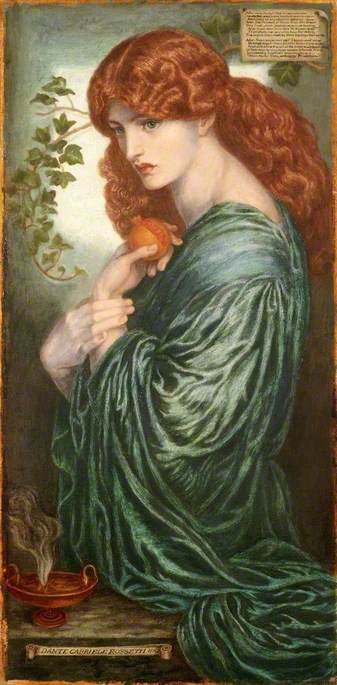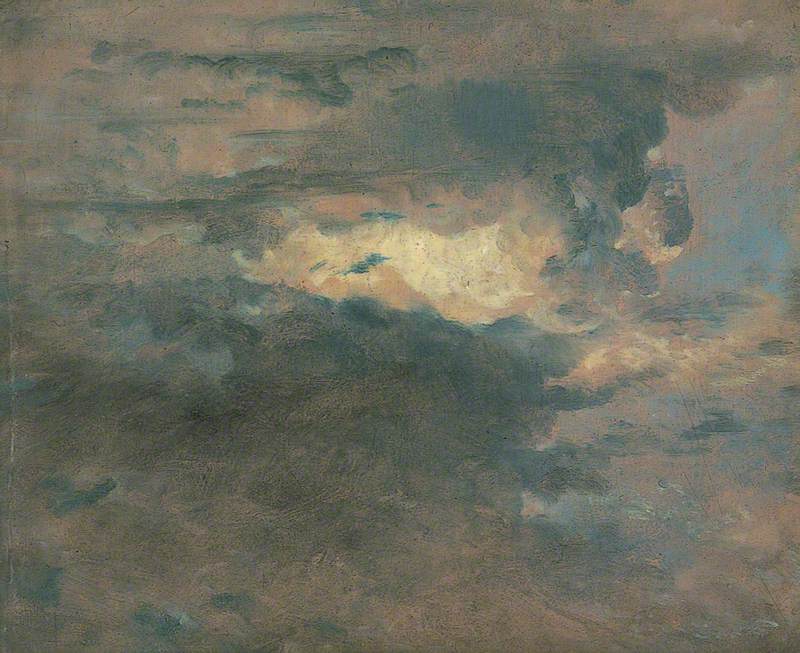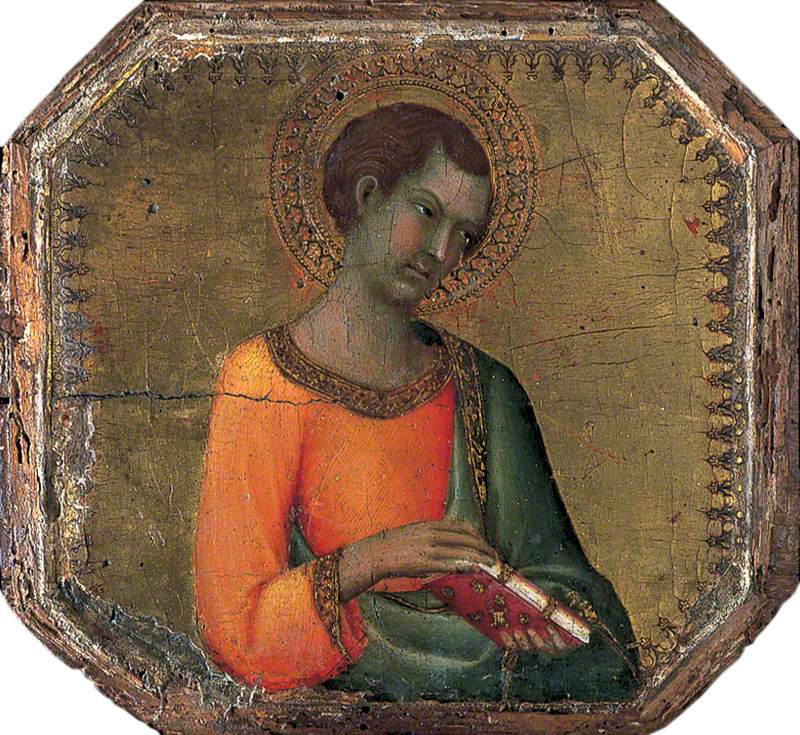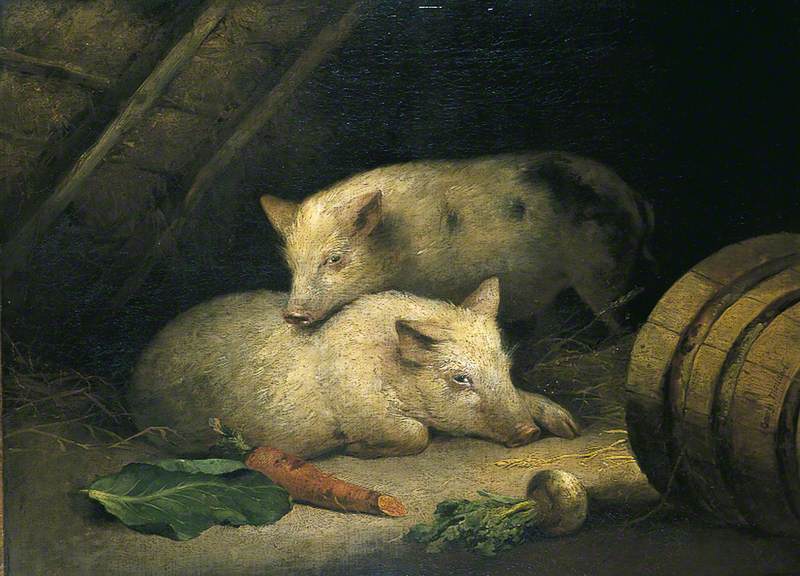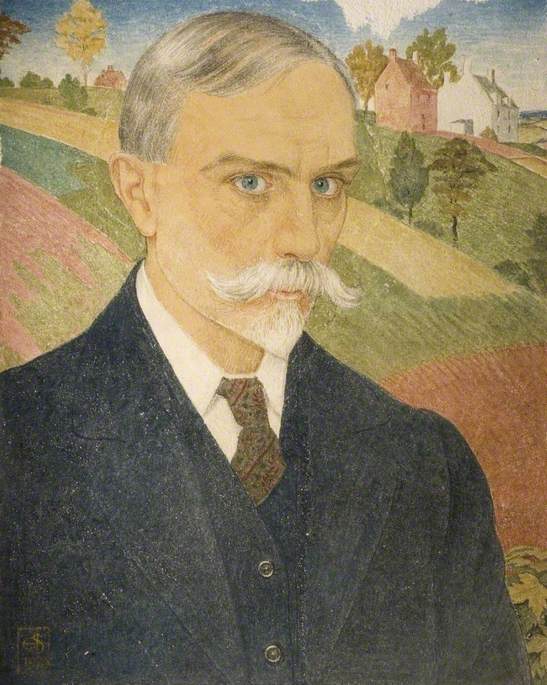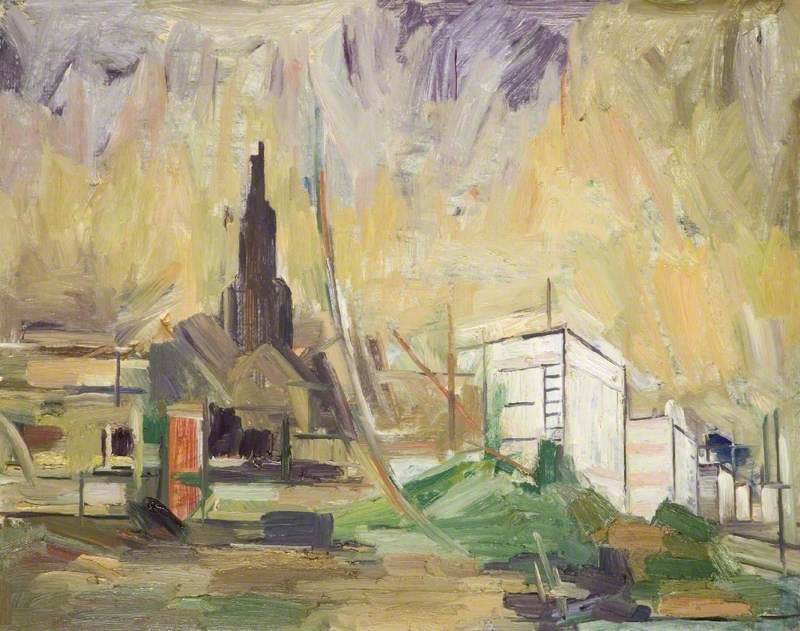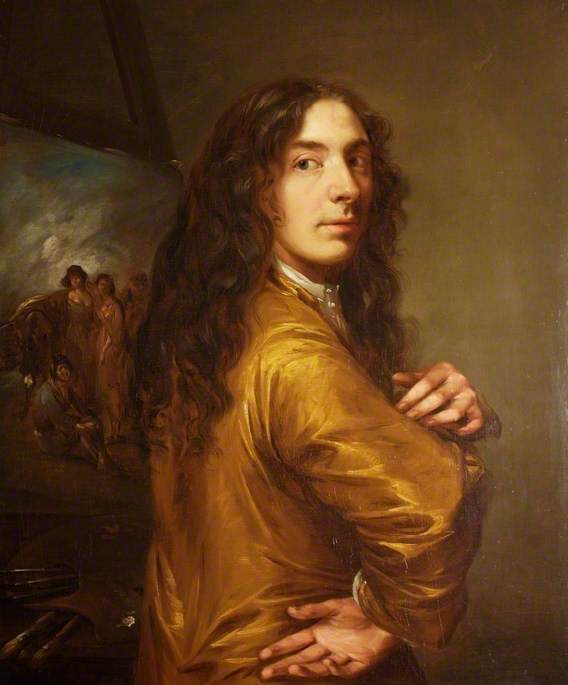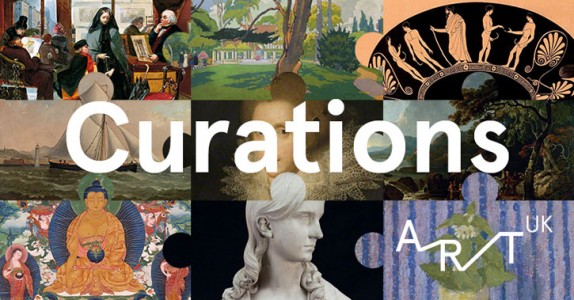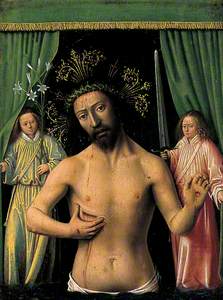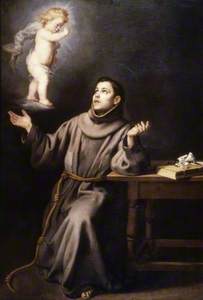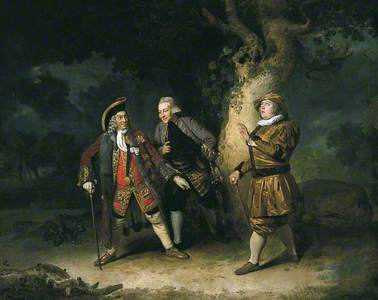Birmingham's great civic collection is best known for works by the much-loved Pre-Raphaelites and their contemporaries. However, there is a great deal more to be seen amongst their other 1,400 oil paintings.
Here, Ellen McAdam, Director of Birmingham Museums Trust, curates 10 pictures that predate the Pre-Raphaelites, to show the diversity and richness of their collection.
1.
The Descent of the Holy Ghost
c.1495–1505
Sandro Botticelli (1444/1445–1510) 
This painting was an altarpiece for a chapel in Florence, Italy.
The design of the composition is attributed to Sandro Botticelli, though most, if not all, was executed by his assistants. The painting has also been heavily restored.
The scene marks the birth of the Christian Church, when the apostles began to spread the gospel to other people.
The Bible describes how the apostles were gathered at the feast of Pentecost with the Virgin Mary, when 'they were all filled with the Holy Spirit and began to speak in other tongues'.
2.
This is one of several views of Warwick Castle produced by the great Italian artist Canaletto.
We can see Guy's Tower, the gatehouse and barbican, and Caesar's Tower from the inner court.
Canaletto allows himself some artistic licence: he frames the spire of St Nicholas's church within the entrance arch, even though in reality it can't be seen from this viewpoint.
As in his more famous paintings of Venice, he adds tiny, elegant figures to enliven the scene and emphasise the impressive scale of the buildings.
3.
Petrus Christus lived in the city of Bruges, Belgium, where a relic of Christ's blood was carried through the streets every year.
Tiny and intense, this painting would have been used as a focus for private prayer and meditation.
The angels draw back the curtains to reveal the figure of Christ, itself like a precious relic.
Christ is both judge and 'man of sorrows'. He displays the wounds of the Crucifixion as a reminder of his sacrifice. Behind him, the angels hold the sword of judgment and the lilies of mercy.
4.
The great painter John Constable made a series of rapid oil sketches of clouds to help him understand changing weather conditions and their effect on the landscape.
On each one he carefully recorded details of the date, time and wind direction.
The sketch carries a note on the back: '5–6 o'clock Eveng Augt 31st 1822. Large clouds to the Eastward – light wind (?) west'.
5.
Scene from John Gay's 'The Beggar's Opera'
1726–1728
William Hogarth (1697–1764) 
The Beggar's Opera, written by the dramatist John Gay, opened in 1728 and was a huge hit. Set in London's criminal underworld, it parodied Italian opera. The actors wore modern dress and sang arias based on popular street ballads.
This scene in Newgate Prison shows Polly Peachum on the right, played by Lavinia Fenton.
She's facing the Duke of Bolton in the audience. He fell in love with her on the first night and attended all 69 performances. She was his mistress for over 20 years; they married when the Duke's wife died in 1751.
6.
Simone Martini was one of the leading painters in Siena, Italy, in the fourteenth century, but few of his panel paintings have survived.
There are only four paintings by him in British public collections, including this one held by Birmingham Museums Trust.
Originally, this work formed part of a predella – a series of small panels across the base of a large altarpiece.
The saint is weeping as he gazes to his left. This would have lined up with at a central panel depicting the dead Christ.
7.
The British artist George Morland is best known for his paintings of country life.
Studies of farms, farm-workers and their animals were among his favourite subjects and his depictions of donkeys and pigs are particularly sympathetic.
Perhaps surprisingly, this earthy painting with its bristly pigs and everyday vegetables was exhibited in the elegant setting of the Royal Academy of Arts in London in 1797.
8.
The Vision of Saint Anthony of Padua
1650–1670
Bartolomé Esteban Murillo (1617–1682) 
Birmingham Museums Trust holds one of the most important collections of Baroque art outside London.
The Vision of St Anthony of Padua is the only Spanish painting of this period, but it is a work of outstanding quality.
St Anthony kneels in adoration as the Child Jesus appears to him in a vision. The bible on the table represents the saint's preaching and his study of the scriptures, while the lily symbolises his purity.
The sweetness of mood and intensity of religious feeling in this painting are typical of the work of Bartolomé Esteban Murillo.
9.
James I (1566–1625), Uniting England and Scotland
1632–1633
Peter Paul Rubens (1577–1640) 
Peter Paul Rubens was the most famous and influential Flemish artist of the seventeenth century. The movement, colour and sensuality of his paintings perfectly capture the spirit of the Baroque.
This is a preparatory oil sketch for the ceiling painting in the Banqueting Hall of Whitehall Palace in London. It shows James I enthroned, attended by a courtier.
Commissioned by Charles I, it is a triumphant piece of royalist and Stuart propaganda, celebrating the Union of the Crowns of England and Scotland in 1603.
10.
Garrick, Ackman and Bransby in a Scene from Lethe
1766
Johann Zoffany (1733–1810) 
Lethe, or Aesop in the Shades, written by the famed actor David Garrick, was first performed at London's Drury Lane Theatre in 1740.
It recounts the legend of Proserpina who begged Hades, God of the Underworld, to allow humans to sample the waters of the River Lethe once a year. The storyteller Aesop was to be their guide.
Garrick was responsible for the rebirth of British theatre. He was a close friend of Johann Zoffany, who painted many works recording actors in their theatrical roles.
Ellen McAdam, Director of Birmingham Museums Trust
Editor's note: This story first appeared on the BBC Arts website. The BBC is an Art UK project partner.
Find out more about Birmingham Museums Trust: birminghammuseums.org.uk
